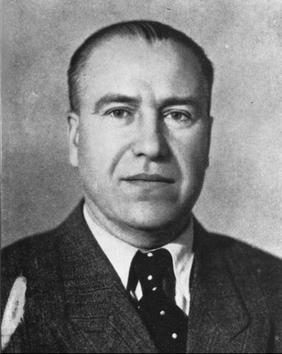Early Life and Background
Site Of The Day
Contacts and who we are
How to start bidding
Market, price, showcase
General guides
Aleksandr Aleksandrovich Deyneka (Russian: Алекса́ндр Алекса́ндрович Дейне́ка; May 20, 1899 – June 12, 1969) was a Soviet painter, graphic artist and sculptor, regarded as one of the most important Russian modernist figurative painters of the first half of the 20th century. His Collective Farmer on a Bicycle (1935) has been described as exemplifying the socialist realist style.

Aleksandr Aleksandrovich Deyneka (Russian: Алекса́ндр Алекса́ндрович Дейне́ка; May 20, 1899 – June 12, 1969) was a Soviet painter, graphic artist and sculptor, regarded as one of the most important Russian modernist figurative painters of the first half of the 20th century. His Collective Farmer on a Bicycle (1935) has been described as exemplifying the socialist realist style.
Place and date of birth: 20 May 1899, Kursk, Kursk Governorate, Russian Empire
Style and notable works. A founding member of groups such as OST and Oktyabr, and his work gained wide exposure in major exhibitions. His paintings and drawings (the earliest are often monochrome due to the shortage of art supplies) depict genre scenes as well as labour and often sports. Deyneka later began painting monumental works, such as The Defense of Petrograd in 1928, which remains his most iconic painting, and The Battle of Sevastopol in 1942, The Outskirts of Moscow. November 1941 and The Shot-Down Ace. His mosaics are a feature of Mayakovskaya metro station in Moscow. He is in the highest category "1A - a world famous artist" in "United Art Rating".
Influence. The title from one of Deyneka's works, "Work, Build and Don't Whine", was used as the title for a 2016 exhibition of Socialist Realist art at London's Gallery for Russian Arts and Design.
Russia / USSR
Russian Art
Identity, Early USSR
Aleksandr Deineka did not receive many formal awards during his lifetime, as her work was not widely recognized until after her death.
Site Of The Day
Site Of The Month
Site Of The Month
Site Of The Day